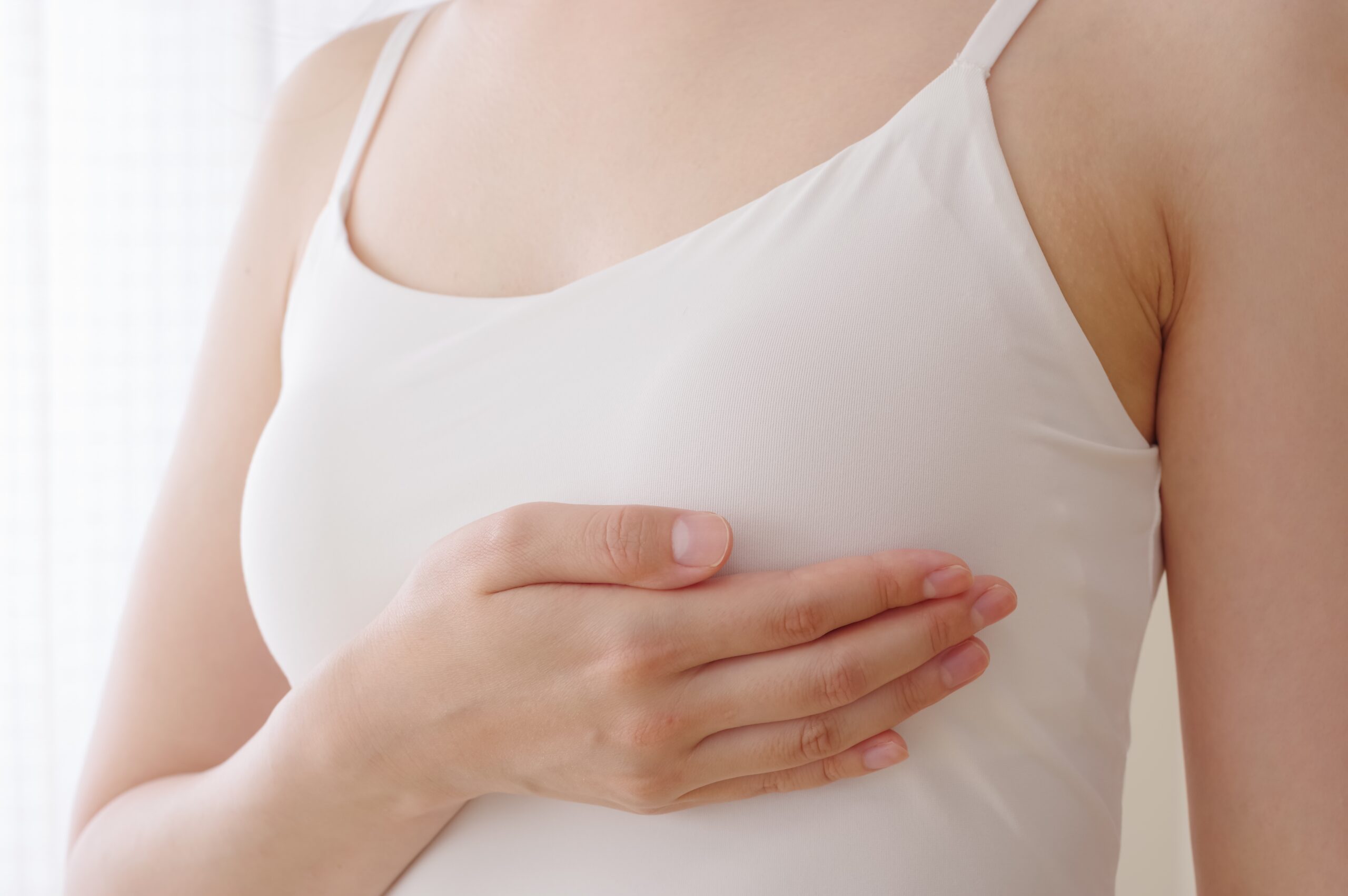blog tambre
Egg vitrification: the key alternative to preserve fertility in breast cancer patients

Table of contents
October is Breast Cancer Awareness Month, a date that each year drives information and early detection campaigns, but it also creates space to talk about an aspect that often goes unnoticed in these cases: fertility.
Oncological treatments, especially chemotherapy and radiotherapy, can significantly affect a woman’s ovarian reserve and, with it, the chances of becoming a mother in the future. In this context, egg vitrification, an ultra-rapid freezing technique that has evolved notably over the last decade, has become an effective alternative to preserve fertility in women diagnosed with cancer who must start treatment imminently.
Today, this technique is not only a technological possibility but also a conscious choice that more and more women are making to keep open the option of becoming mothers in the future. This is reflected in a pioneering study presented by the Tambre Foundation at the ESHRE 2025 Congress, which analyses how egg vitrification has evolved over the past eight years.
The results reflect an ongoing transformation in the profiles of women who resort to this technique and in the clinical outcomes obtained. In 2015, and only in its Madrid clinic, 35 cases were recorded, while in 2023 the figure rose to 306, evidencing sustained growth driven by greater social and medical awareness of the importance of preserving fertility in time.
One of the most significant changes observed is the gradual decrease in the average age at the time of vitrification, now standing at 36.4 years. This trend reinforces a message long emphasized by fertility specialists: the sooner eggs are frozen, the higher the chances of future success. At the same time, the total number of vitrified eggs increased from 248 in 2015 to 910 in 2023, reflecting not only rising demand but also greater procedural efficiency and improved clinical outcomes.
Evolution of vitrification at Tambre (2015–2023)
Trends in cases treated, average vitrification age, and eggs preserved.
From 35 to 306 women in 8 years
Driven by greater social and medical awareness of timely fertility preservation.
Average age at vitrification
Progressive decrease in age at the time of vitrification. The earlier preservation occurs, the greater the chances of future success.
Vitrified eggs: + efficiency and quality
Greater demand and more efficient procedures translate into improved clinical outcomes.
Implications for oncology patients
For a woman who receives a cancer diagnosis, time becomes a crucial factor. Many need to start oncological treatment within just a few weeks, which means the decision to vitrify eggs must often be made quickly. Fortunately, current medical protocols make it possible to carry out ovarian stimulation and egg retrieval within very short timeframes, without compromising safety or delaying the start of cancer therapy.
Tools such as anti-Müllerian hormone (AMH) and the antral follicle count (AFC) make it possible to assess ovarian reserve and provide precise guidance on the number and quality of eggs that can be preserved.
Preserve today, decide tomorrow
One of the most interesting findings of the research is that only 5.6% of patients in 2023 had used their frozen eggs at the end of the study. In 2015, this figure was 45.7%. This shows that vitrification is, above all, a preventive strategy: a decision taken calmly to keep open the possibility of becoming a mother in the future, without immediate pressure.
For cancer patients, this option represents a realistic window of hope. Thanks to egg freezing prior to treatment, many women have been able, years after overcoming the disease, to fulfil their desire to start a family.
In conclusion, during Breast Cancer Awareness Month, making options such as vitrification visible is essential. Preserving fertility before oncological treatment is not only possible, but today it is a safe, effective alternative backed by solid data. Ultimately, it is about offering women the tools to decide about their future with freedom and without giving up their life projects.

Considering fertility treatment?
The Tambre team, in Madrid and Alicante, is here to answer your questions and support you every step of the way.
Phone: (+34) 91 411 61 11
Contact us
